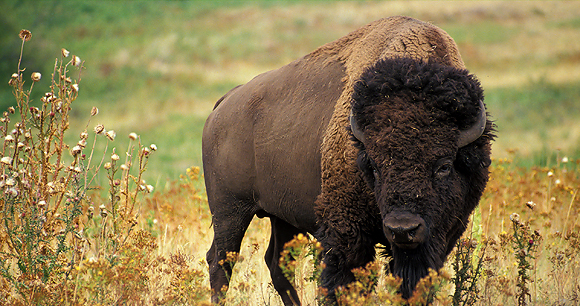
Throughout the world, the vast majority of mammalian, avian, and piscine species are exploited, directly or indirectly, by humans. Broadly speaking, human management of terrestrial wildlife can be subdivided into three categories: ungulates including deer, carnivores and omnivores, and other species.
While our scientific tools and techniques have improved considerably over the decades, managing wild species still involves a considerable amount of guesswork. To properly manage wildlife it is important to know not only how many of the managed species exist, but also whether the population is increasing or decreasing, the habitat needs of the species, and the health or status of the habitat. This knowledge, combined with a firm understanding of the ecology, biology, genetic health, and behavior of the species, is necessary to responsibly manage wildlife—whether for consumptive or non-consumptive uses. Sadly, for many of the species exploited by humans, the necessary information has not been gathered.
Some question whether “management” is even necessary—arguing, generally, that if wild species are left alone they will manage themselves. Others, including federal and state wildlife agencies in the US and their counterparts internationally, claim that management is necessary to ostensibly conserve wildlife while permitting its use. The reality is that, even if an agency professes a “hands-off” approach to wildlife management, some form of wildlife manipulation is often employed when human/wildlife conflicts occur or are perceived to be a threat.
Broadly speaking, wildlife management falls into two categories: lethal and non-lethal. Natural regulation is an example of non-lethal management, while hunting, trapping, and fishing are examples of lethal wildlife management. Other types of non-lethal management would include (but are not limited to): immunocontraception (or other methods to control reproduction in wildlife); public education (to increase knowledge about and/or tolerance for wildlife); habitat protection, modification, and enhancement (to regulate wildlife numbers using habitat variables); and a cornucopia of other tools and techniques (e.g., use of strategic fencing to protect habitat features, exclude certain wildlife from select areas, or protect domestic animals from predators; relocation to move individual animals to alternate habitats; and behavioral modification to non-lethally address wildlife-human conflicts).
In the US, by law, wildlife is considered a public trust resource meaning that all free-ranging wildlife are “owned” by the public and that, therefore, those agencies responsible for wildlife management must make management decisions consistent with the needs and interests of all citizens. Wildlife management responsibilities are undertaken, with limited exceptions, by the individual state wildlife agencies and a handful of federal agencies.
Despite the public trust doctrine, most state wildlife agencies primarily make wildlife management decisions based on the needs and wants of hunters, trappers, and fishers—often (if not always) ignoring the interests of the vast majority of citizens who do not partake in these activities. Decisions are made by state wildlife commissions or boards appointed by governors and dominated by hunters, trappers, fishers, and ranchers. This severely hinders fair or objective consideration of the interests of other citizens.